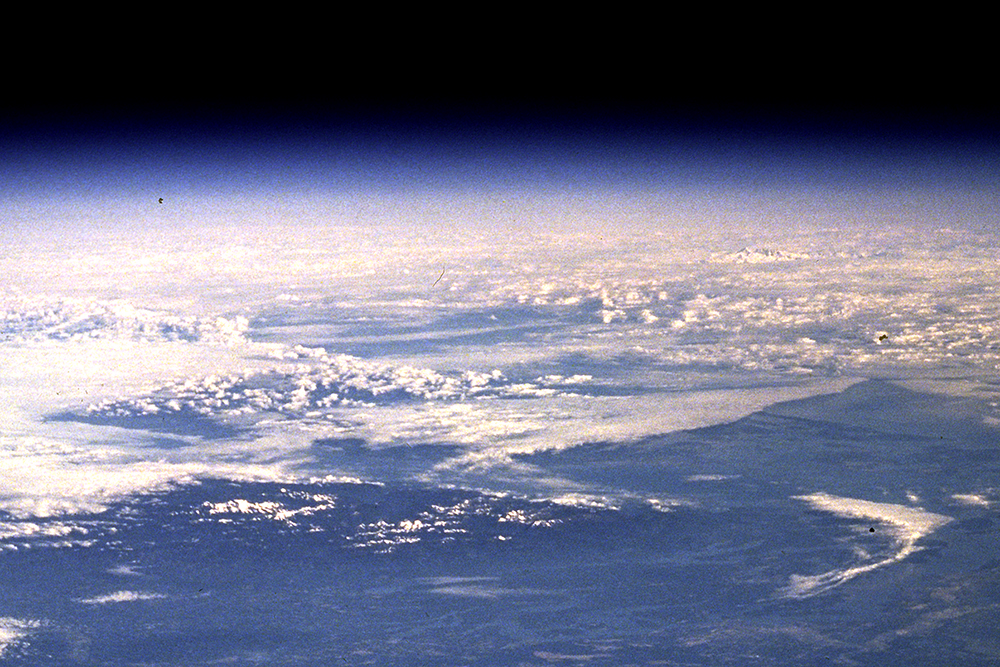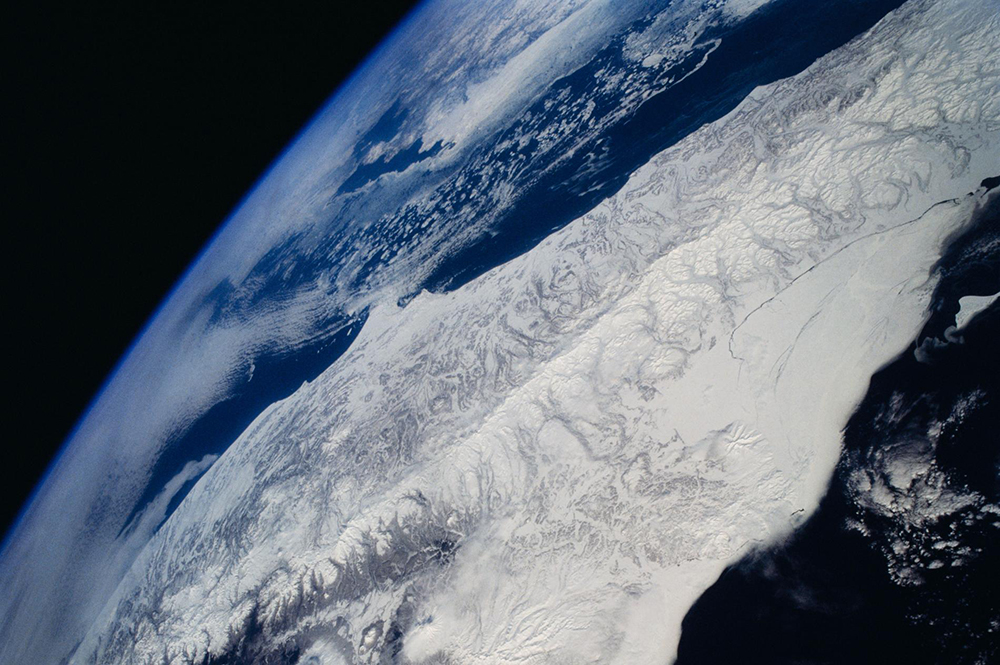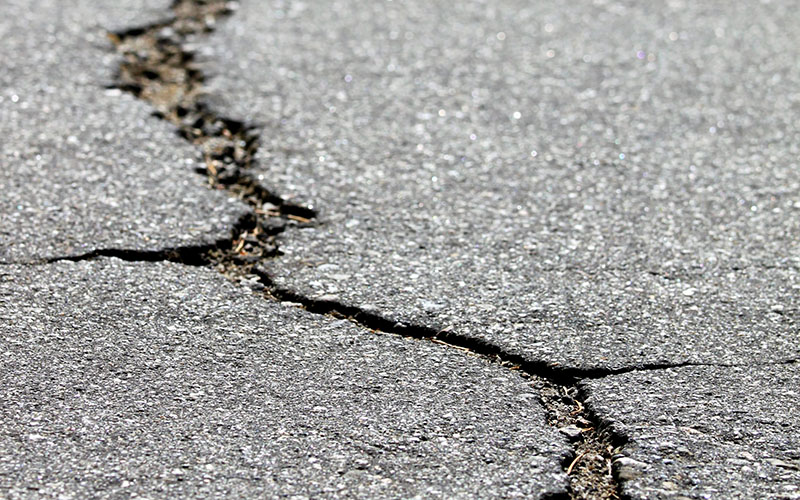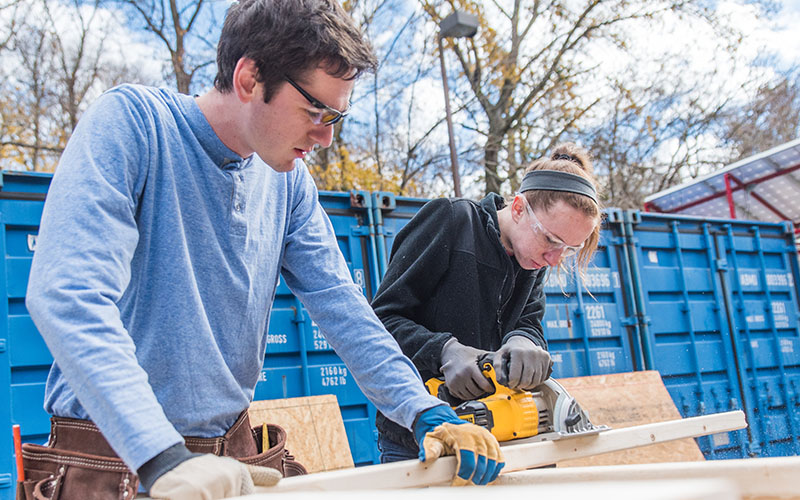News Story
E. Meg Ryan Wins Best Poster for Snowpack Research
Department of Civil and Environmental Engineering student, E. Meg Ryan, was awarded the David Miller Prize for Best Student Poster at the 74th annual Eastern Snow Conference earlier this month for her research into the detection and impact of rain-on-snow (ROS) events on water quantity estimates derived from satellite observations in high latitude regions.
NASA relies heavily on microwave photon emissions from the ground to estimate how much water a snowpack contains in a given region. But winter season ROS events—which create an ice crust on or within the snowpack—could trigger an electromagnetic response of the snowpack that renders traditional methods of satellite-based snowpack estimations inapplicable.
What Ryan set out to answer is whether these ROS events were causing local fluctuations in water quantity estimates—known in the field as snow water equivalent or SWE.
Using satellite, ground, and model data, she was able to detect potential past ROS events and draw a link between rainstorms and changes in SWE.
But it’s difficult to know whether that means the water quantity estimations are inaccurate.
“If you think about it, SWE would be affected by an ROS event because you are adding water to the system. However, water may be leaving the system as well through snowmelt.” said Ryan, who is slated to defend her master’s thesis under the direction of assistant professor Barton Forman later this summer. “So, I do see changes occurring in daily SWE estimates around an ROS event, suggesting estimates are impacted by ROS events, but it’s important to keep in mind that just because we see changes, doesn’t mean the estimation algorithm is wrong.
The project was funded by University Space Research Association’s Goddard Earth Sciences Technology and Research Program at NASA Goddard Space Flight Center.
Published June 27, 2017









